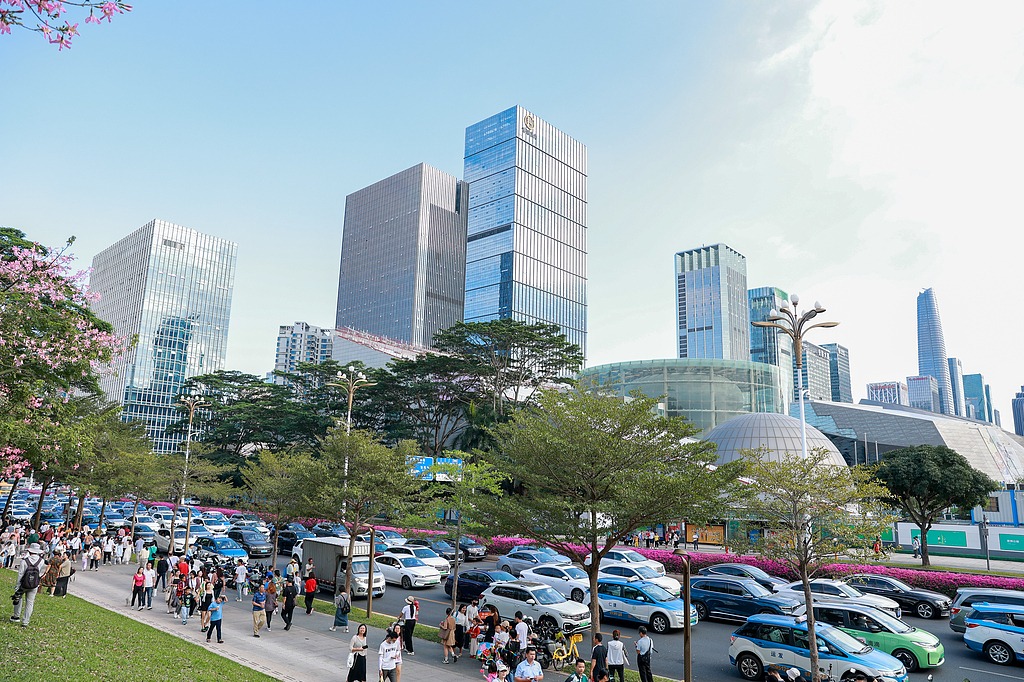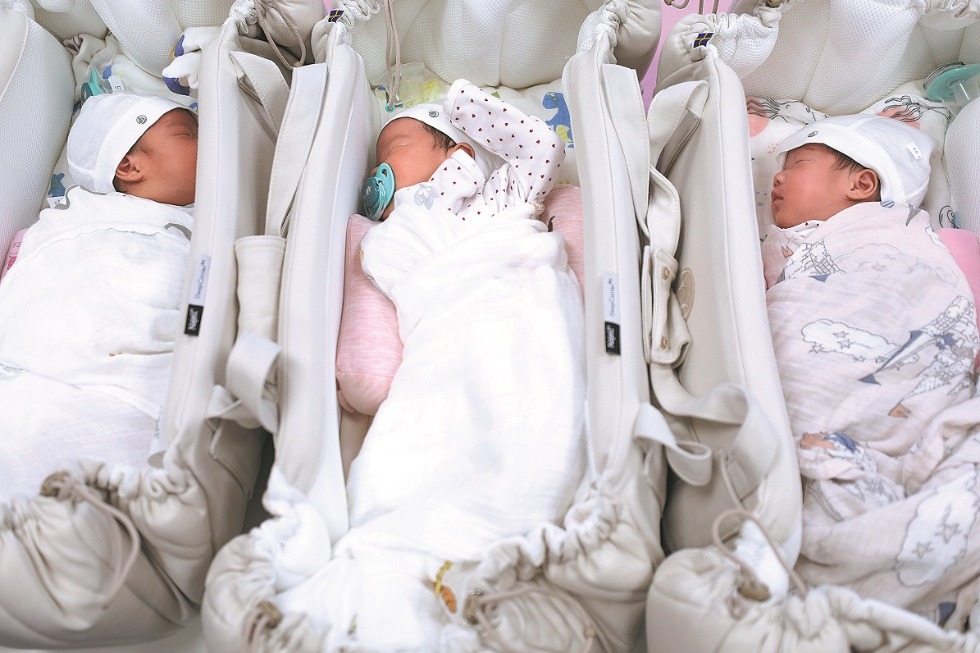Brewing support among the young
Xinhua | Updated: 2022-12-26 07:48
Spreading around world
In recent years, with the help of the Belt and Road Initiative, China's tea exports have grown steadily. Customs data showed tea shipment from China reached nearly 370,000 metric tons in 2021, with an export value of about $2.3 billion.
The coastal province of Zhejiang is an important exporter of tea, with its tea products reaching over 110 countries and regions.
Fusheng township in Shaoxing city, Zhejiang, is a major production area. The factories export hundreds of tons of semifinished matcha products to Japan every year.
With a dream of "making the top Chinese matcha", tea makers in Fusheng have now built up over 400 hectares of organic tea gardens and obtained international certification, making them one of the top quality matcha producers in China.
"In the early years, we exported low-quality tea and semifinished products, so the returns were low," says Xia Yan, an export salesman from Shaoxing Yuchacun Tea Co. Now, as tea quality and production have improved, the company exports high-quality tea, mainly matcha, to markets such as the EU, the United States, Canada, Australia and Saudi Arabia.
In 2021, the company exported nearly 200 tons of organic matcha, with a value of $2.5 million, and the average price was about five times higher than that of ordinary exported green tea.
"New types of tea drinks are an important driver in promoting Chinese tea to the world. In the European and North American markets, beverages made from Chinese tea sell like hotcakes," says Liu Zhirong, chairman of Shaoxing Yuchacun Tea Co.
According to Wang Yuefei, director of the Tea Research Institute, Zhejiang University, there is great potential for high-quality tea exports.
"With Chinese traditional tea-making techniques inscribed on the UNESCO intangible cultural heritage list, and new tea drinks becoming popular overseas, a greater number of people will have a better understanding of Chinese tea culture," says Wang.
























